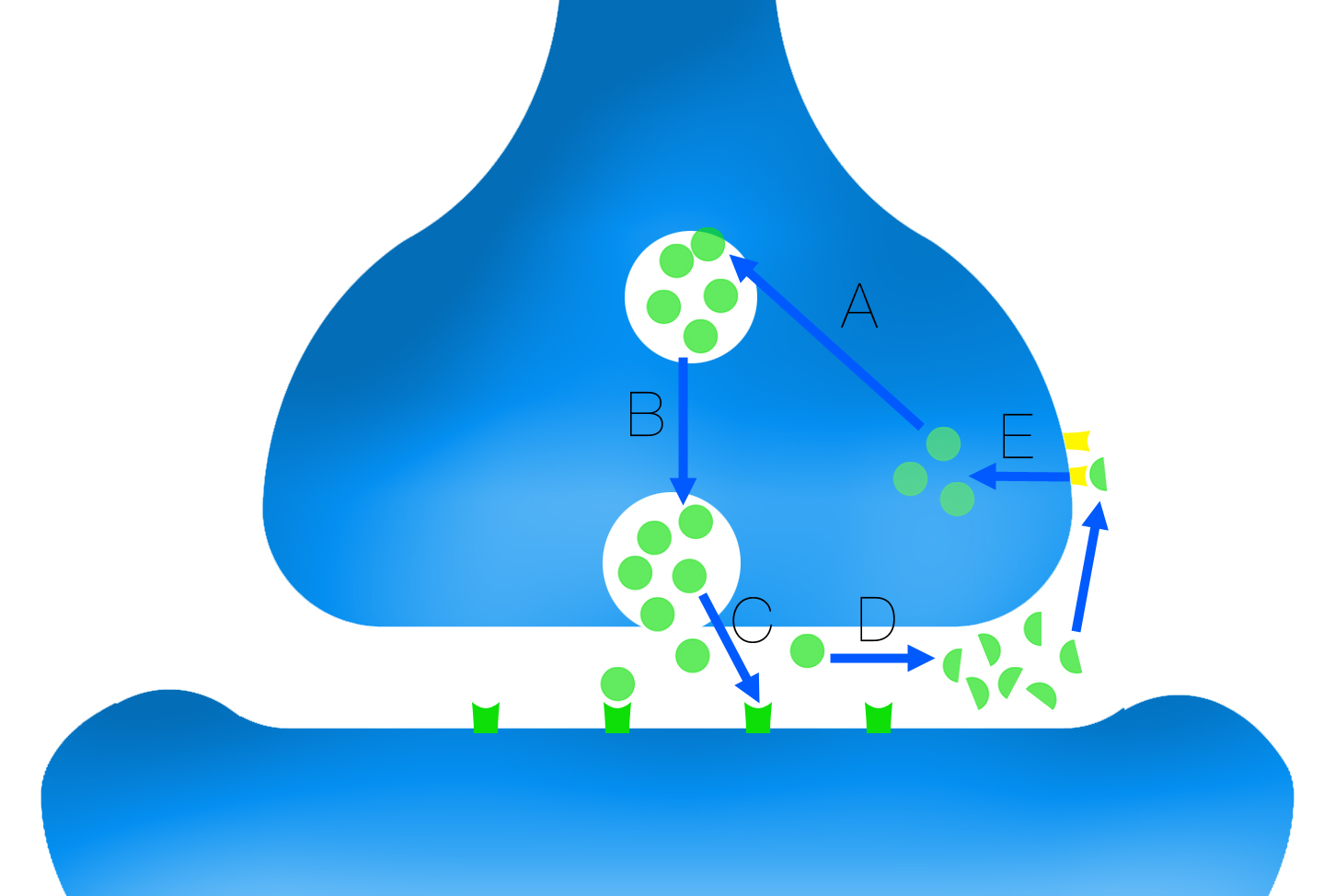WBR0546
| Author | [[PageAuthor::Rim Halaby, M.D. [1]]] |
|---|---|
| Exam Type | ExamType::USMLE Step 1 |
| Main Category | MainCategory::Microbiology, MainCategory::Pathophysiology |
| Sub Category | SubCategory::Neurology, SubCategory::Infectious Disease |
| Prompt | [[Prompt::A 34 year-old man was brought to the hospital by his son for severe nausea, vomiting and abdominal cramps. The patient had noticeable trouble speaking so his son provided the history. He explained that his father started complaining of blurred vision and difficulty swallowing a short time after he had his dinner. Upon exam, you note generalized weakness, bilateral ptosis, and facial muscle drooping. Vital signs were stable but the patient seems to be hypoventilating. The patient's saturation drops rapidly and he requires emergent intubation. Upon further questioning, the son reports that his father had eaten some canned red peppers his mother had prepared at home. Which of the following steps is likely to be inhibited in this patient? |
| Answer A | AnswerA::A |
| Answer A Explanation | AnswerAExp::This refers to neurotransmitter integration into vesicles. Reserpine and vesamicol usually act by inhibiting vesicle formation. Botulinum has no effect on vesicle formation. |
| Answer B | AnswerB::B |
| Answer B Explanation | AnswerBExp::This refers to vesicle release into the synaptic cleft inhibited in botulism. The botulinum toxin prevents the release of acetylcholine containing vesicles leading to flaccid paralysis. |
| Answer C | AnswerC::C |
| Answer C Explanation | AnswerCExp::This refers to neurotransmitter binding to specific receptors on the post-synaptic membrane. Neurotransmitter antagonists can exert their effect by this mechanism. |
| Answer D | AnswerD::D |
| Answer D Explanation | AnswerDExp::This refers to neurotransmitter degradation. Acetylcholinersterase inhibitors act by inhibiting the breakdown of acetylcholine at the synaptic cleft. Cocaine has a different mechanism of action. |
| Answer E | AnswerE::E |
| Answer E Explanation | AnswerEExp::This refers to the reuptake of neurotransmitters, usually inhibited by substances like amphetamines and cocaine. Reuptake inhibition is not seen in botulism. |
| Right Answer | RightAnswer::B |
| Explanation | [[Explanation::Clostridium botulinum is a gram positive spore forming bacillus that produces an exotoxin known as the botulinum toxin. Clostridium botulinum thrives in anaerobic conditions and foodborne illness occurs due to the ingestion of preformed botulinum toxin usually found in home canned vegetables prepared without following required methods. Infant botulism is seen in babies less than 12 months that are fed honey that contains the bacteria. Botulinum toxin is inactivated by high temperatures, so boiling home-canned food for 10 minutes prior to eating is preferred.
Botulinum toxin acts by blocking acetylcholine vesicle release from the pre-synaptic cleft leading to flaccid paralysis of all muscles including the diaphragm. Educational objective: Botulinum toxin inhibits acetylcholine vesicles from being release in the pre-synaptic cleft leading to flaccid paralysis. It is produced by Clostridium botulinum an anaerobic gram positive bacillus. References:
Cherington M. Clinical spectrum of botulism. Muscle Nerve. 1998;21(6):701-10. |
| Approved | Approved::No |
| Keyword | WBRKeyword::Clostridium botulinum, WBRKeyword::Botulism, WBRKeyword::Neurotransmitter |
| Linked Question | Linked:: |
| Order in Linked Questions | LinkedOrder:: |
